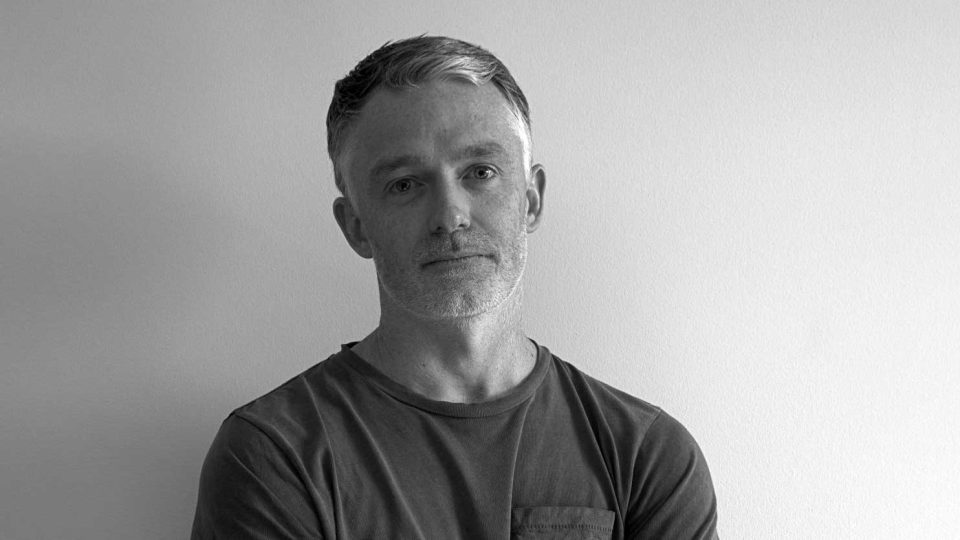
From the release
When it comes to animation and visual effects studios in Southern California, there’s a new kid on the block, one that’s already 25 years old. The new American outpost of the award-winning European visual effects and animation studio Platige, which just marked its first quarter-century in business, has laid out plans for a major expansion as it ramps up operations at its studio location in Manhattan Beach.
Under the leadership of Executive Producer Aurelien Simon and Creative Director/VFX Supervisor Gawain Liddiard – both veterans of such VFX stalwarts as The Mill – Platige’s US office has settled into its facility at the Manhattan Beach Studios campus here as it recruits additional creative talent and builds on its list of agency and feature credits. Among its recent jobs are a lyrical spot for Beautyrest out of the fashion-focused New York agency Badger, directed by the Academy Award-winning cinematographer Janusz Kamiński.
“Platige is one of the strongest companies in the visual effects business,” says Simon. “While we may not be the most recognized name here, VFX insiders, artists, and producers are familiar with our work and aware of our reputation. And that gives Platige quite a lot to build on.”
Karol Żbikowski, Global CEO of Platige, says ramping up the Platige brand in the US, which can be found at www.platige.us, makes total sense at this time. “With all of the viewing and content offerings available now across the internet and various streaming channels and platforms, there’s never been a better time for ad agencies, brands and producers to partner with Platige,” he comments. “Aurelien and Gawain know the marketplace, they know the talent and they’re familiar with the landscape. They’re perfectly positioned to grow the Platige brand in the US.”
In Europe, Platige has been recognized for its work on the hit Netflix series “The Witcher,” one of the most viewed productions of the streamer. Its roster of feature credits includes Oscar-nominated films, and its commercials clients includes a menu of top global agencies and brands, including Samsung, L’Oréal, Pepsi, Gillette, Burberry, Huawei, McDonald’s and many more. It’s also lauded for its trailers and cinematics for video games, including such franchises as “Call of Duty” and “Resident Evil.”
Simon and Liddiard say that in some respects, the Platige brand is a secret weapon for clients in the US. “We’re not a boutique by any stretch,” says Liddiard, citing the studio’s corps of over 300 artists, producers, and technologists. “We have a tremendous legacy of creative and technical excellence, along with the awards like Oscar nominations and BAFTA wins to back it up.”
“We knew that while our name is not as familiar to producers or agencies here as some of the US or UK giants, there’s always an interest in working with studios that have track records of delivering great work,” says Liddiard. “And that’s Platige in a nutshell.”
Simon expects that Platige will be tackling a mix of entertainment and advertising assignments, with some additional special project work thrown in. He points out that one of the major differentiators with how Platige works versus other international VFX studios is in how it assigns dedicated global teams to each project, rather than have teams of artists hand off projects to different offices in different parts of the world as the work progresses. “Platige offers a globally-distributed production team, rather than keeping each studio separate. We’re adapting our processes to this new globalized landscape ”
“The way we approach jobs is to identify the best artists for each individual project, regardless of where they are physically,” Simon continues. And so we have our productions spread across different time zones, which not only helps in terms of the workflow, but also it’s respectful of our people and their time. We take great pains to not subject our staff to the usual nights and weekends so typical of VFX work. And for our clients, we find that the process is faster and more responsive.”
He and Liddiard are also looking forward to expanding the genres of work to include everything from theme parks to experiential installations to virtual production. “The capabilities of our teams, both here in the US and at our offices in Europe and Japan, is truly impressive,” says Simon. “We’re doing everything from rendering commercials using game engines to partnering with major broadcasters to provide them with virtual sets. There really isn’t anything we can’t execute.”
As the Platige names gets out there, and its work becomes more familiar with US-based agencies and producers, Liddiard feels the industry will embrace them as an attractive alternative – smaller and more attuned to working collaboratively, whether that’s from a creative or budgetary standpoint than the big studios, but with much greater firepower than the smallish boutique. “We’re here to tell them that we have the same level of quality, without some of the baggage of the bigger studios,” he notes. “We have a great value proposition that allows us to stay focused on the creative and on making the best images possible.”
“What Gawain says is really important,” adds Simon. “We’re a real force, with lots of muscle that can compete with the best-known names in the effects and animation space. Getting a sense of our scale will take time, but once people realize what we offer, they’re really going to come around.”
